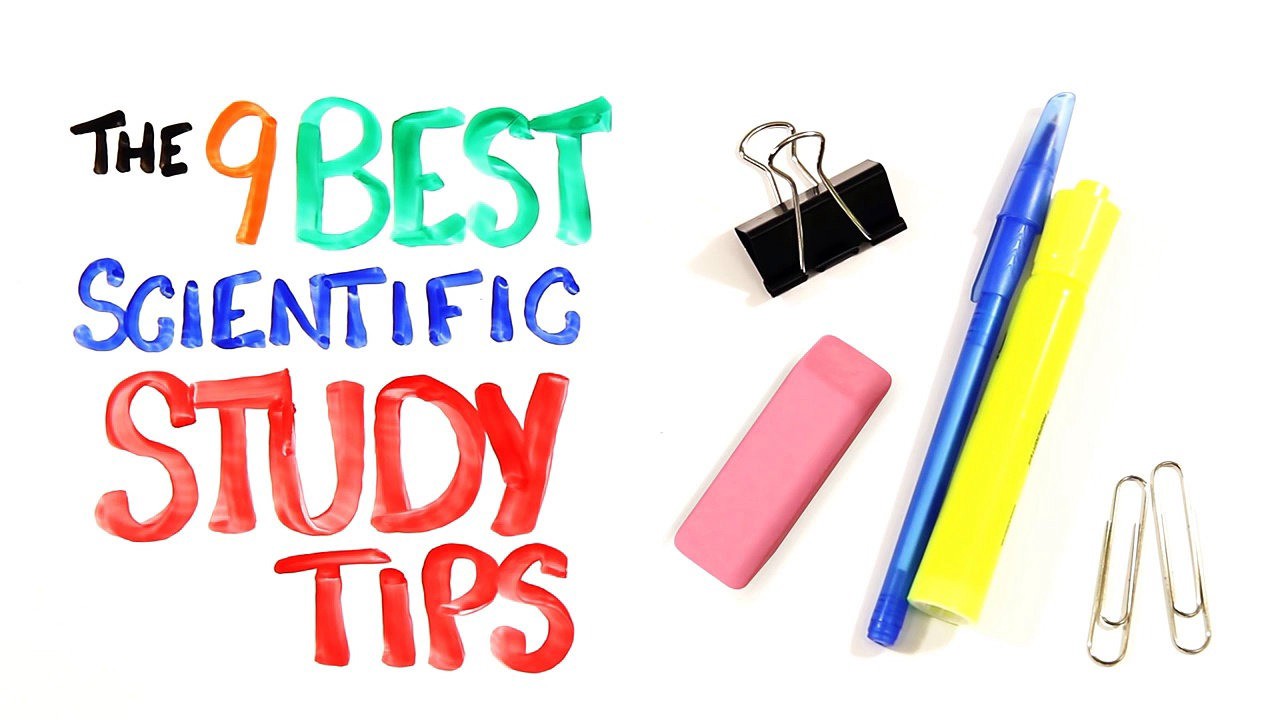INTRODUCTION
Sierra Leone is bound on the north-west, north and north-east by the Republic Guinea, on the south-east by the Republic of Liberia and on south-west by the Atlantic Ocean. It has an area of 27,925 square miles. The colony of Sierra Leone originated in the sale and cession in 1787 by native chiefs to English settlers of a piece of land intend as a home for African settlers who were waifs in London and later it was use as a settlement for freed African slaves.
The hinterland was declare a British Protectorate on 21st August, 1896. Sierra Leone attained independence on 27th April, 1961 and became a Republic in 1971. Educational Institutions is provided by both private and state-sponsored schools. The current system of education is 6-3-4-4 (that is six years Primary school, three years Junior Secondary School, four years Senior Secondary School and four years tertiary/higher Educational Institutions. This system is complement by non- formal education.
CONCEPT OF EDUCATION
Educational Institutions is frequently used in the sense of instruction in the classroom, laboratory, workshop or domestic science room and consists principally in the imparting by the teacher. And the acquisition by pupils, of information and mental as well as manual skills. A wider meaning than instruction is that of schooling.
That is to say all that goes on within the school as part of the pupil’s life there. It includes, among other things, relationship between pupils and teachers, pupils and pupils both in and outside the school. J. S. Mill (1931) opined that whatever helps to shape the human being; to make the individual what he is or hinder him from being what he is not is part of his education. Implicitly education is lifelong and ubiquitous. It is the sum total of all influences which go to make a person what he is, from birth to death. It includes the home, our neighbors, and the street among others.
Education is to some extent a deliberate planned process devised and conducted by the educator with the purpose of imbuing the learner with certain information, skills, of mind and body as well as modes of behavior considered desirable. In part it is the learner’s own response to the environment in which he lives. https://populareducationtips.com/ has three focal points. The individual/person upon whom the educator’s influences are brought to bear.
The society or community to which he belongs. And the whole context of reality within which the individual and society play their part. Man is a social creature; he grows as a person through the impact of personality on personality. And even for his basic physical needs he depends on the help and cooperation of his fellow men and women. Without society and the mutual support and enrichment of experiences which it provides civilization is impossible. And the life of man, in Hobbes’ words, is “solitary, poor, nasty, brutish and short.”
One of the fundamental facts of human existence is the tension between the pull of the past. And the forward urge into the future, between stability and change, tradition and innovation. For effective living,man needs a circle of security, an area of establish habits and relationship which forms dependable relationships. This is also true of society. For its effective functioning there must be an underlying continuity of traditions and outlook which preserves its identity. A society and safeguards it against the disruptive effects of change. Change must be for life and not static but this change in turn must be control by the basic traditions of society. It is tradition which gives a nation its character and distinctiveness as a society. The conservation of tradition therefore is obviously crucial.


